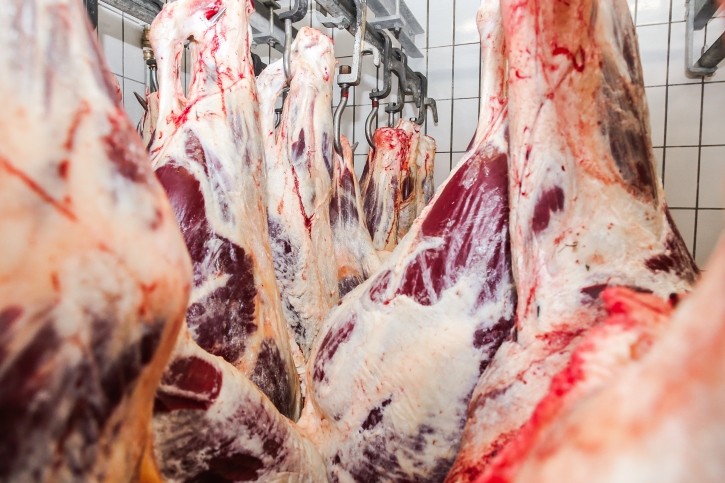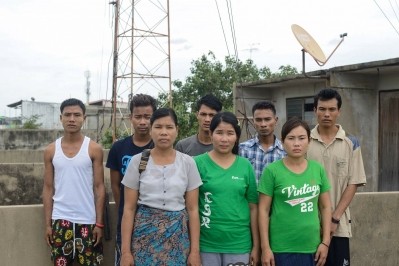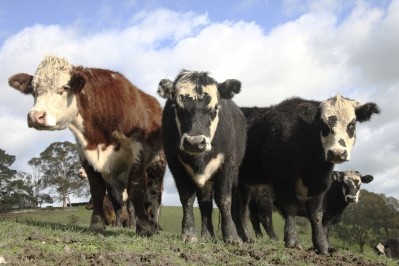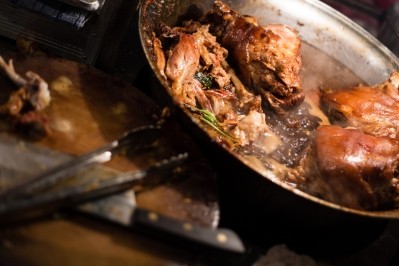Cambodia’s first abattoir readying the starter’s gun

The 11,000sq m factory is being built alongside National Road No 3 in Preah Sihanouk province, on the Gulf of Thailand. It will slaughter and butcher imported Australian beef cattle, with the Chinese meat market being a key target.
“Chinese engineers are still installing equipment and processing will start in June,” said Bou Boran, SLN’s marketing manager.“The first batch of 1,500 Australian [Brahman] cattle will arrive in late May,” he added.
The project has encountered numerous delays, owing to slow contractor performance, customs hurdles for imported equipment, as well as changing specifications of its cold storage facilities. As recently as late March, SLN personnel were still roaming neighbouring Thailand to gain a more thorough understanding of packaging and chilling systems for modern meat processing, according to an SLN Facebook posting.
Sustainable project
Australian industry insiders were cautiously upbeat on the project’s prospects. According to Ross Ainsworth, former chief executive of the Northern Territory Livestock Exporters Association, if the product is good quality and has access to China under good conditions, with such a favourable tariff treatment, then the project may well be sustainable.
“My advice is that the end-product is mainly targeted for China as the local market is quite small,” Ainsworth told GlobalMeatNews.“Access to China for the product is a work in progress, and we are all watching with great interest to see how it goes,” he added, noting that there was potential for Cambodia to expand this export trade.
Chinese ambition
He explained that Cambodian slaughterhouses could leverage China animal feed shortages to enjoy a competitive advantage over abattoirs located in China. Ainsworth said that although China still had a large beef cattle and dairy herd, it could not satisfy China’s meat and dairy consumption demand. This meant China’s livestock sector consumed all locally available ruminant feed, forcing Chinese producers to import cattle food from neighbouring countries at a high cost.“Therefore, they are not in a position to economically import feeder cattle, so they only want either fat cattle ready for slaughter or processed beef,” Ainsworth said.
Beyond its ambitions for China, SLN has already signed a memorandum of understanding to supply Thai agricultural giant CP Group (Charoen Pokphand Group). Paving the way for beef exports to Muslim consumer markets, SLN has obtained halal certification from the Highest Council for Islamic Religious Affairs in Cambodia.














